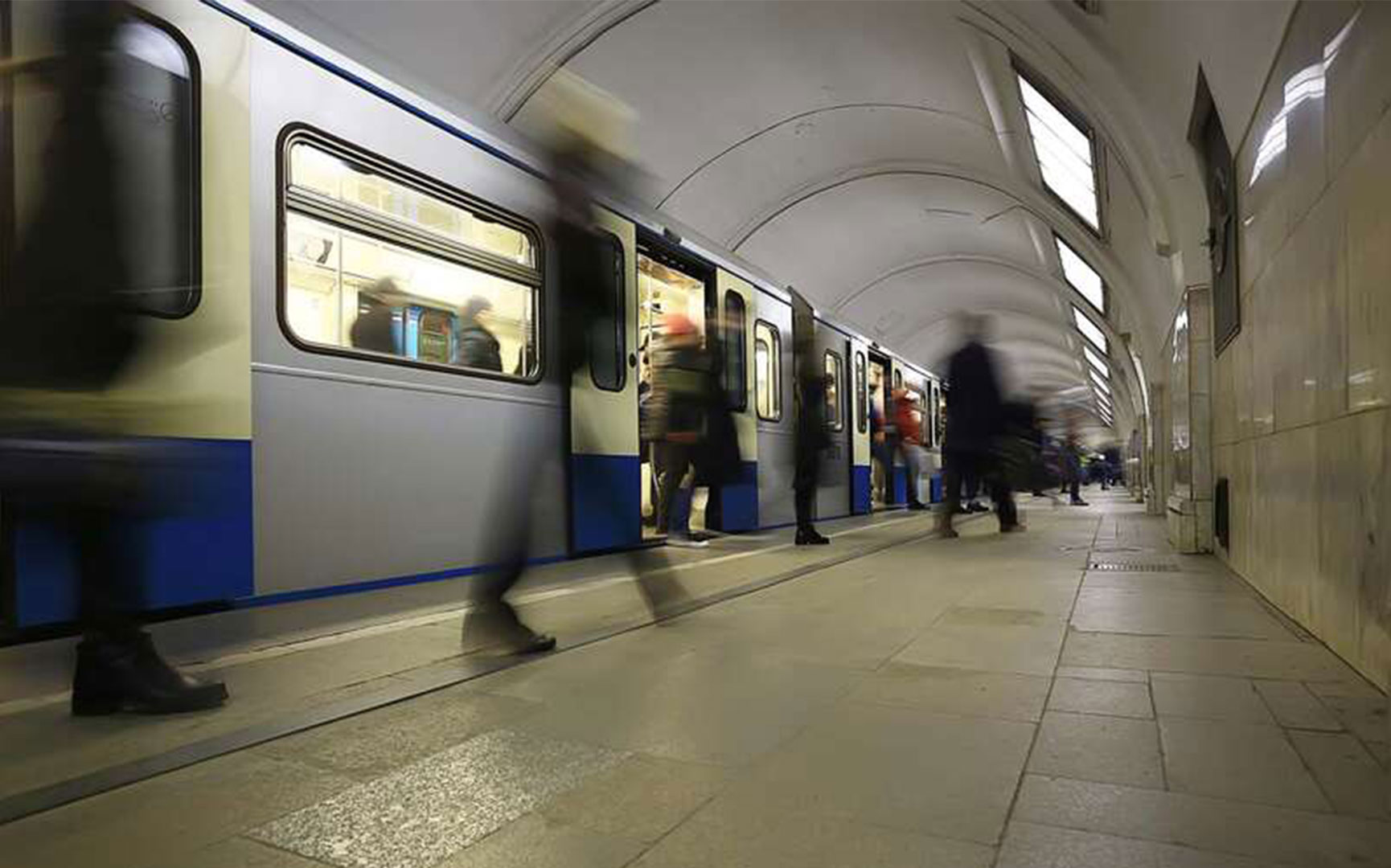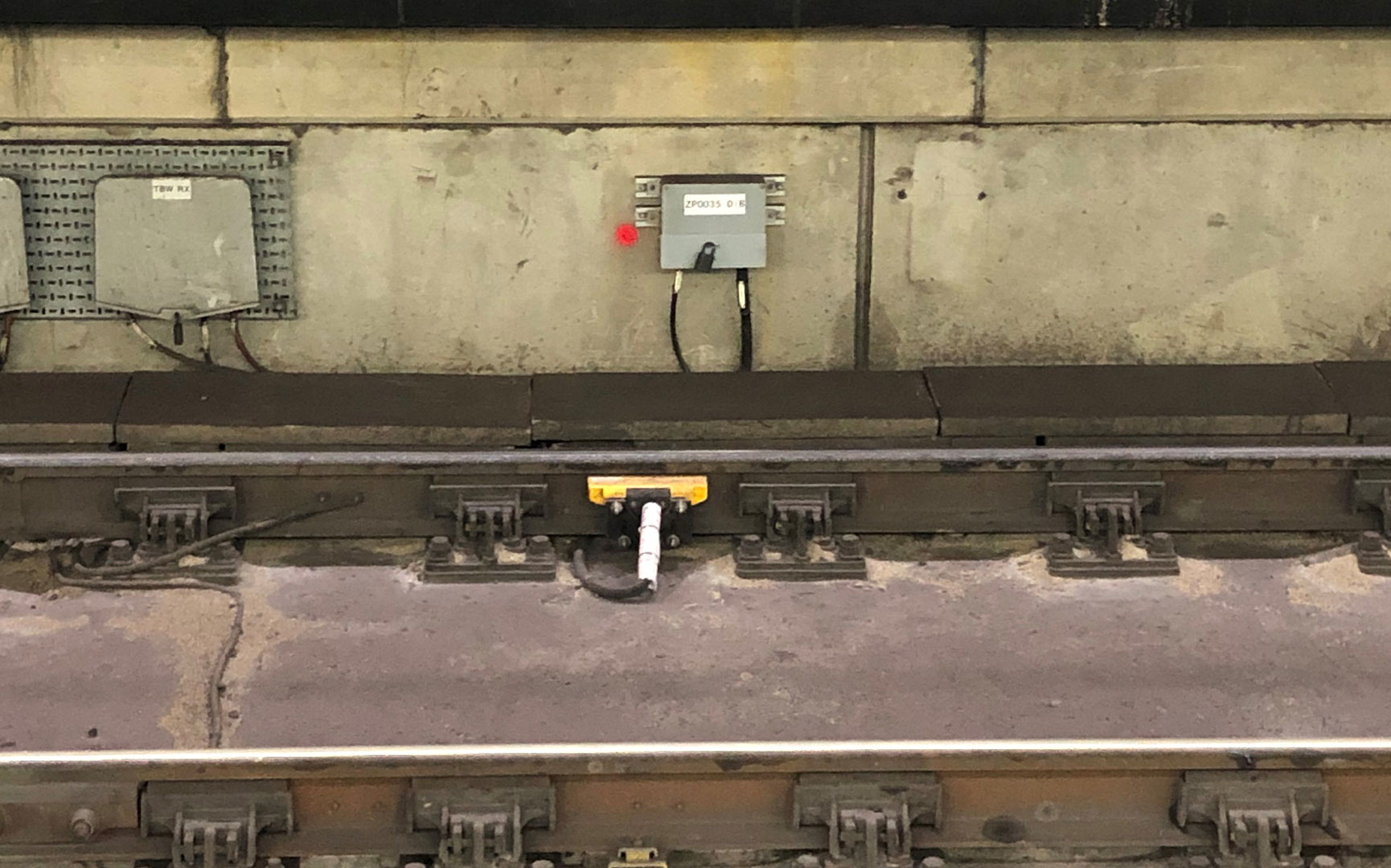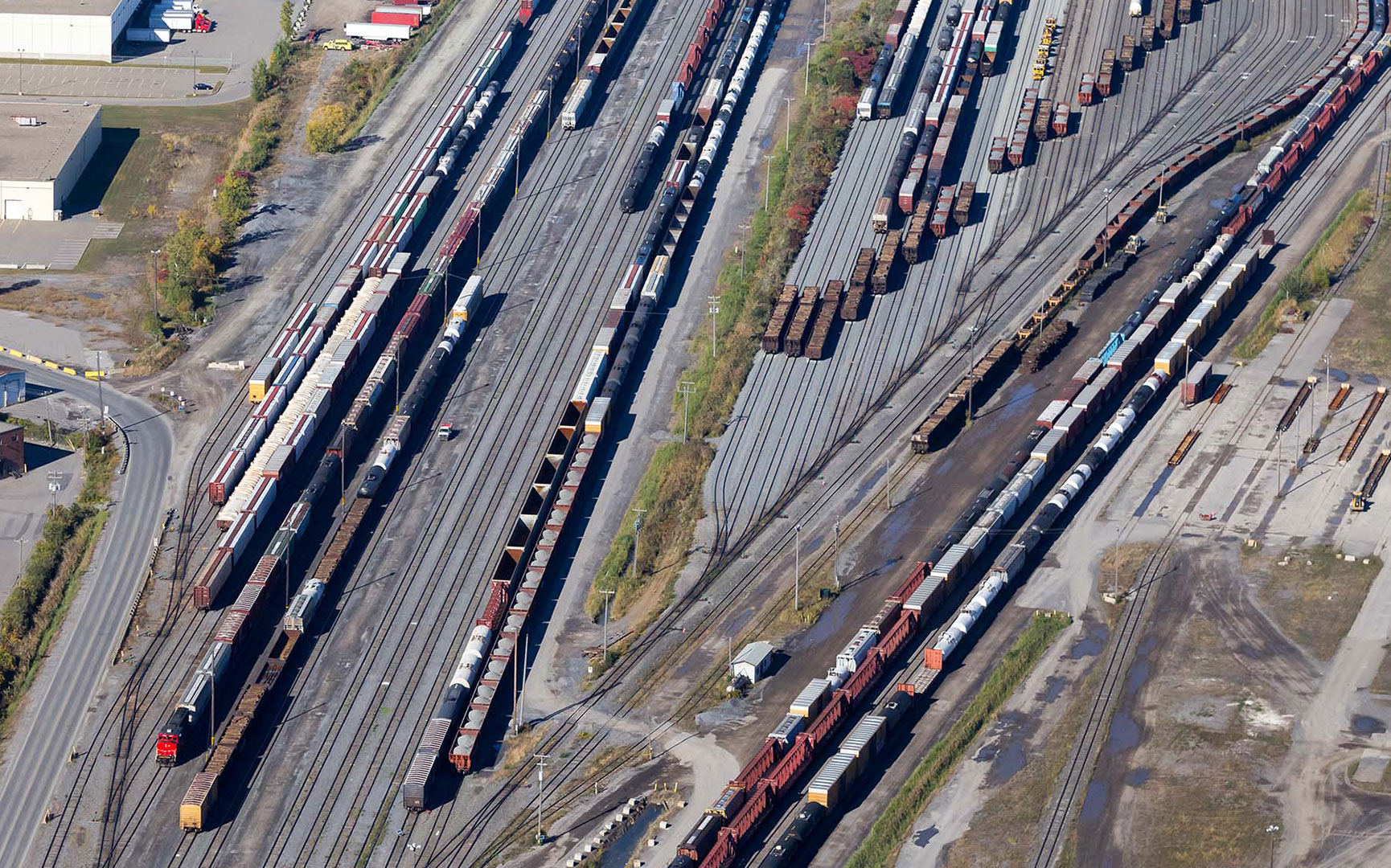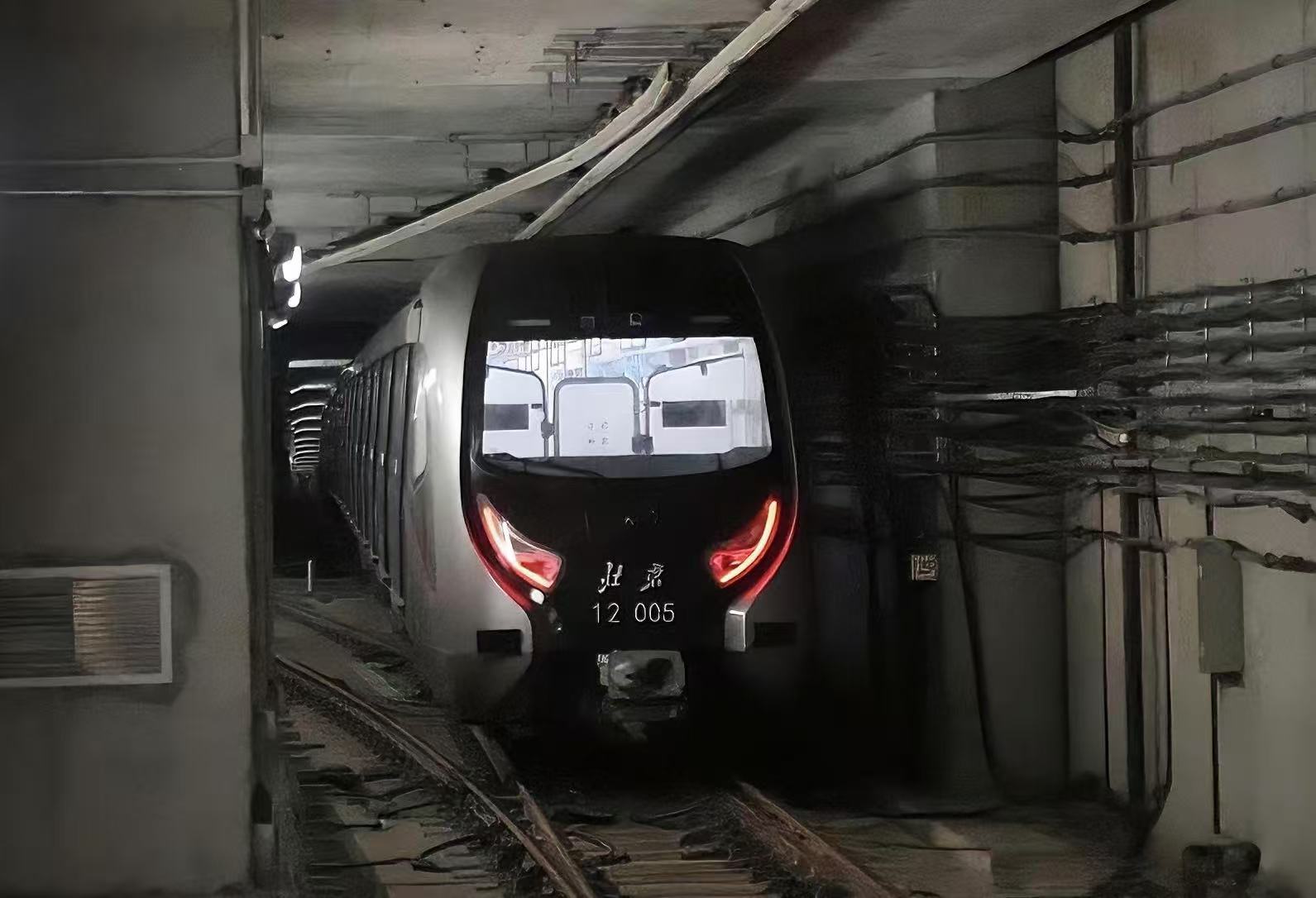Frauscher Sensor Technology has completed the divestiture to Wabtec Corporation.
Notification Center

Train DetectionUnited States of America
MTA Baltimore North Avenue Yard
In this project, reliable and precise train detection was needed to automate the yard and significantly increase efficiency and safety. To meet these requirements, the Frauscher Advanced Counter FAdCi and Wheel Sensors RSR180 were selected for this automation project.
The MTA Baltimore North Avenue Yard is a light rail vehicle maintenance and storage facility. Faced with operational and safety concerns due to manual switch operations requiring train drivers to leave their vehicles, the Maryland Transit Authority (MTA) sought to automate the yard to improve safety and efficiency. In addition, the MTA was looking for speed measurement and storage track monitoring capabilities. Together with integrator M.C. Dean, the operator chose the Frauscher Advanced Counter FAdCi with Wheel Sensors RSR180 for this project. The Frauscher axle counting system was integrated with the Schneider Electric Quantum PLC, with the Programmable Logic Controller connected to the FAdCi using the FSE protocol to consolidate data from all evaluation boards. The FAdCi also provides additional advantages, such as the aforementioned Frauscher Safe Ethernet FSE protocol that reduced wiring and maintenance costs, allowing the seamless exchange of data. The FAdCi's modular design provides flexibility to distribute the system across multiple locations using an Ethernet connection to exchange information. Its software-based output avoids the high maintenance costs associated with traditional relays that require bonds and joints.
In addition, the installation of this solution did not require drilling or any track modifications, which considerably simplified the entire process and reduced costs. Frauscher provided training to enable MTA staff to operate and maintain the system independently, further improving its cost-effectiveness. The FAdCi also provides real-time data regarding the number of axles stored in a track section to determine space and availability, leading to greater efficiency and smoother operations.
Enhanced Safety
Operators no longer need to exit the vehicle to throw switches, reducing the risk of accidents.
Cost-Effectiveness
The robust solution offered by Frauscher provides a high level of reliability and availability that minimizes system downtime. The ability of trained MTA staff to operate and maintain the system independently further reduces costs.
Operational Efficiency
Real-time data enables better scheduling and yard management, improving the overall flow of vehicle movements and storage track monitoring.
This might also interest you

Train DetectionGermany
Dillinger Hütte

Train DetectionUnited States of America
Reducing Delays in a Metro (subway) Environment

Train DetectionUnited Kingdom of Great Britain and Northern Ireland
Axle Counter Overlay System

Train DetectionUnited States of America
Frauscher Track Vacancy System FTVS Testing
